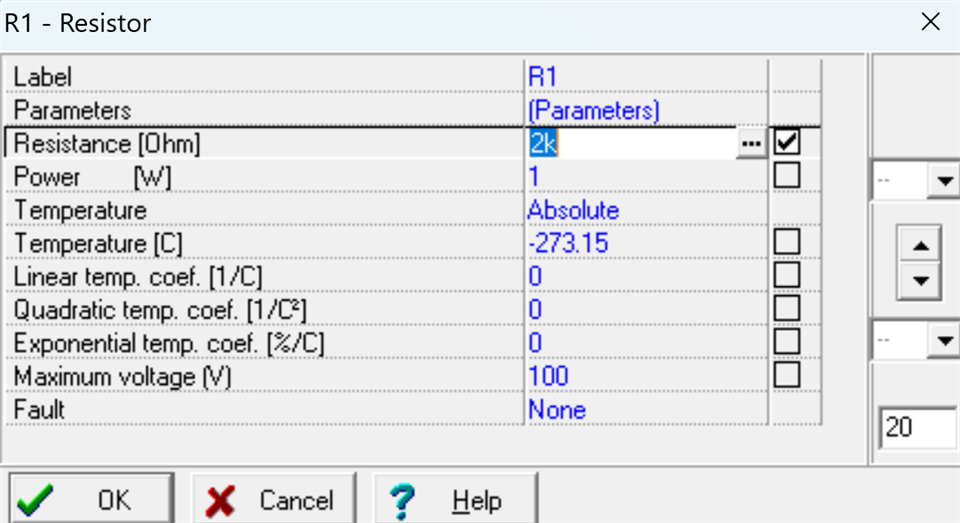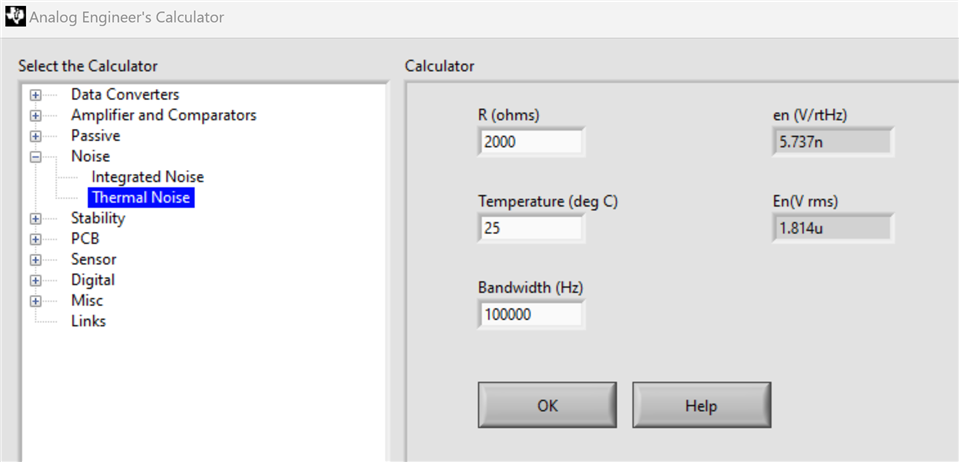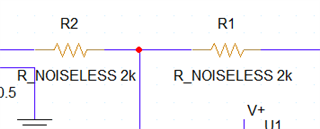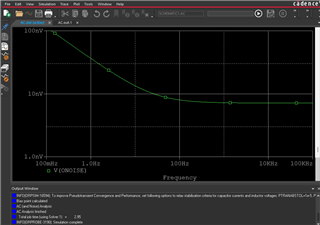Other Parts Discussed in Thread: TINA-TI
Tool/software:
Hi,
I want to calc OPA1637 noise using PSpice for TI. Looking at datasheet Fig. 6-1, Input-Referred Voltage Noise seems under 4nV/sqrt(Hz) @ 1kHz.
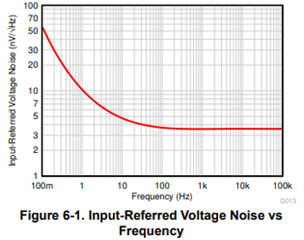
PSpice output over 10nV/sqrt(Hz).
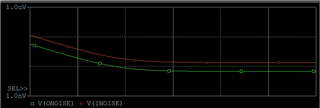
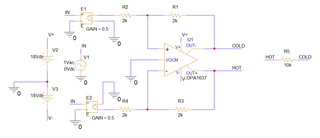
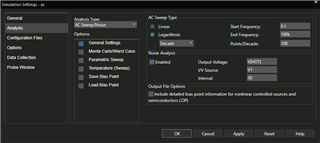
Could you let me know the tips, hints for this? Thanks.



